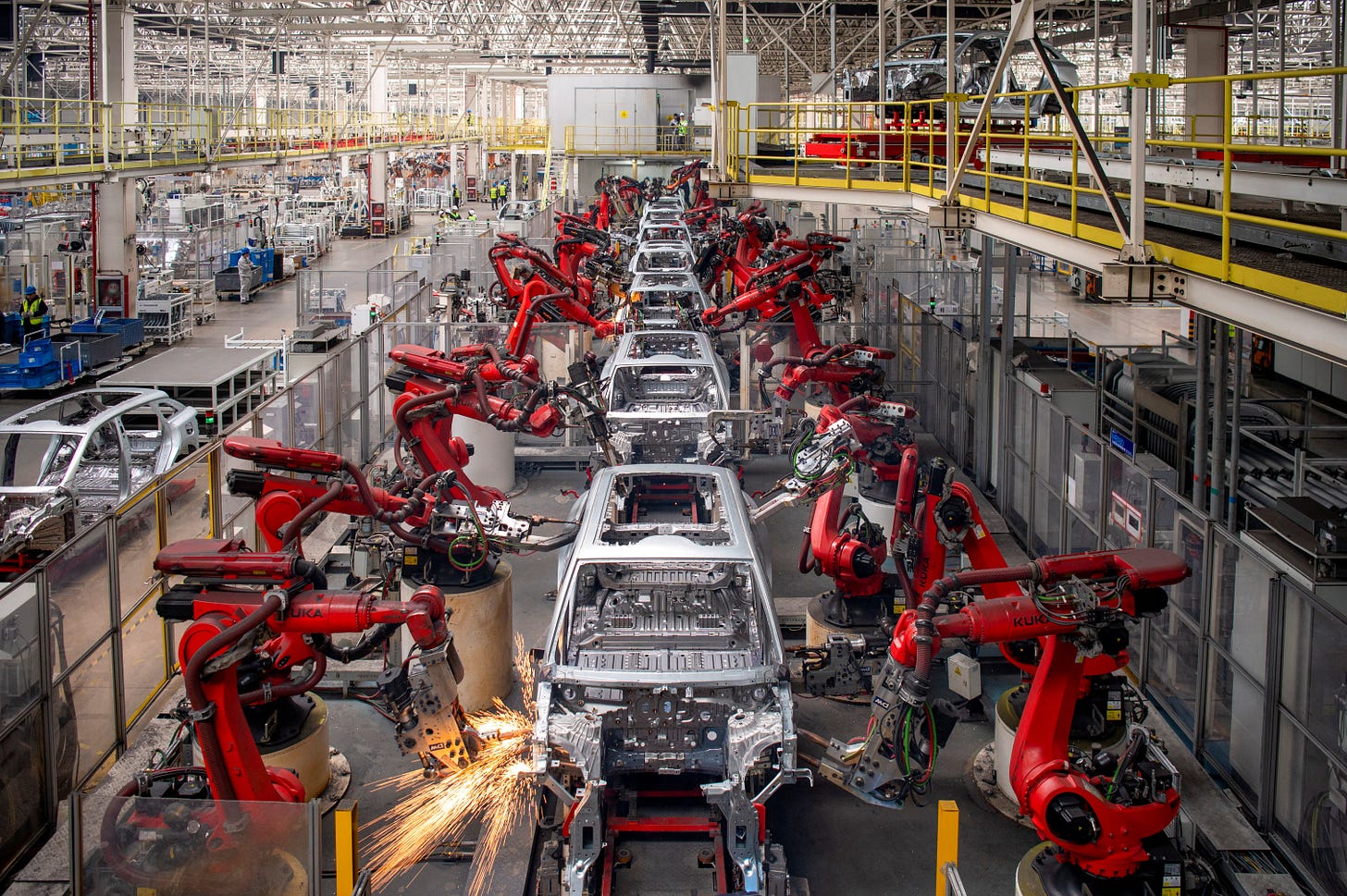Is China’s excess capacity a problem or a solution for its economy?
In the US Treasury Secretary Janet Yellen's recent visit to China, she has brought overcapacity to the table again. Although there has not been any concrete solution, the US and China have agreed to include the issue in the exchanges on “balanced growth in the domestic and global economies” through the Economic and Financial Working Group.
A blind spot in analyzing overcapacity and a good reason for further dialogue is the lack of a clear definition, measurement and data. The most readily available ways to seek clues on overcapacity are utilization rates and producer prices. When supply exceed demand, factories accumulate inventories with lower utilization rates and prices.
China’s utilization rate fell to 75.1% in 2023, the lowest level since 2021. Still, it is higher than 73.1% after the Global Financial Crisis in 2009 and 73.3% in 2016. At present, non-metal minerals, automobiles, food and electronics have the lowest utilization rates compared with the 2017-19 average. It confirms the pressure from weak real estate investment, cautious consumer sentiment and the tech cyclical downturn.
Beyond the traditional industries, the focus is now more on new industries of green tech. For more granular sector analysis, we look at the issue from two angles. We first compare the asset turnover ratio and capex. Our result shows EV makers may face pressure from a lower asset turnover ratio than the 2017-19 average. Rapid capex growth may lift green tech supply, posing risks if demand cannot catch up. The second approach is the inventory-to-sales ratio, which also points to more stock accumulation versus revenue. It means prices will fall for green tech made by China, both domestically and externally.
Given the methodology and data constraints, it is hard to conclude to what extent China has overcapacity. Preliminary evidence shows there is greater pressure on inventories and warning signs if we assume overcapacity means China is producing more than its domestic economy can consume, especially in green tech given its competitiveness. Such development will be a catalyst for further geopolitical tensions, trade barriers and industrial policies, which is not only from the West but also other countries, such as India, Brazil and Turkey.
*If you are interested in getting full report, please feel free to contact me.




